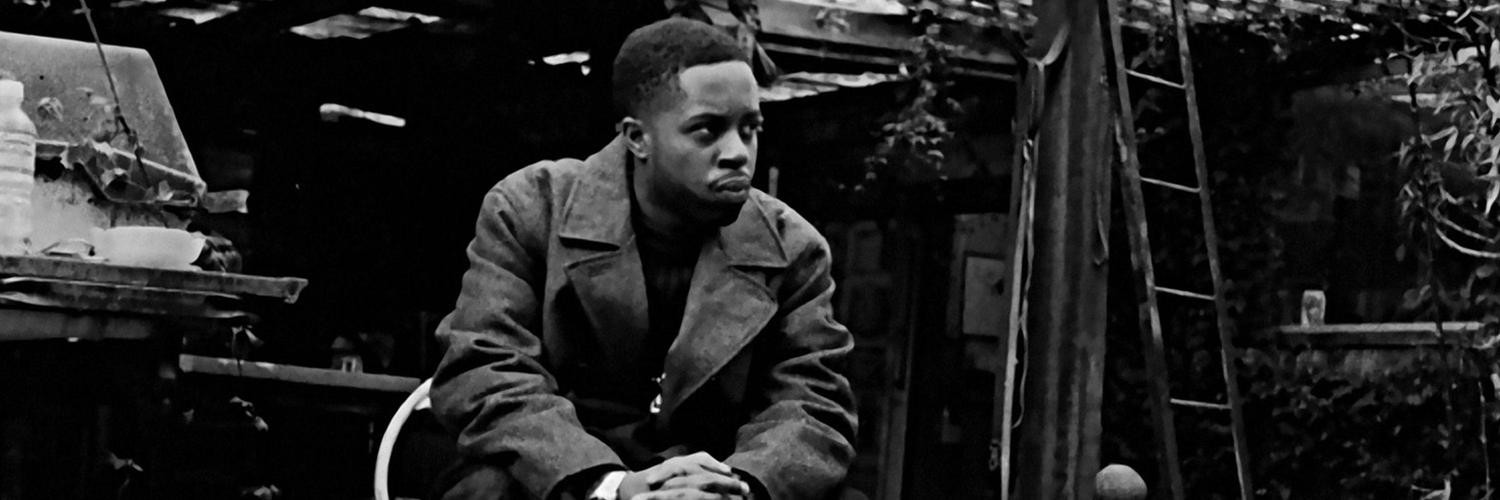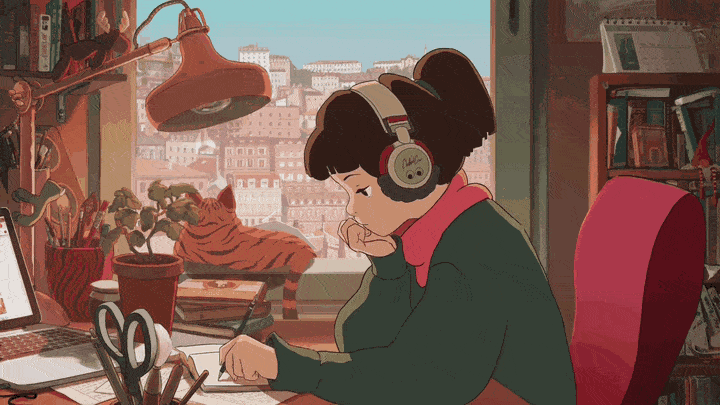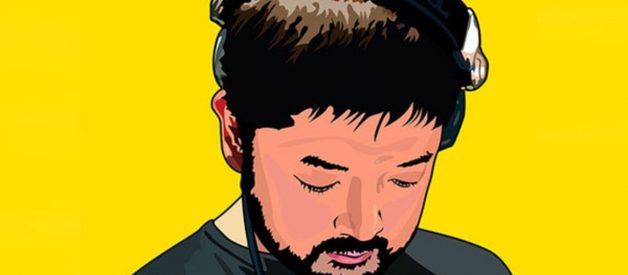The godfathers of lo-fi hip-hop and beyond
 An illustration of Nujabes by Omar Palma
An illustration of Nujabes by Omar Palma
Speaking directly to lo-fi hip-hop, two names are almost always given as the godfathers or pioneers of the genre: Japanese DJ and producer Nujabes and American rapper and producer J Dilla.
Nujabes fused elements of hip-hop, jazz and electronica together to create a unique, signature sound. Through him, lo-fi hip-hop has a direct connection to Japan. By synthesizing samples, melodies and beats together, Nujabes elevated composite sounds into richer, poignant moods.
Similar to genres preceding lo-fi hip-hop, Nujabes? music is less about genre and more about emotion. It captures the warm, longing soulfulness of a fleeting twilight, pocketed between a brilliant sunset and hollow dusk. If nothing else, Nujabes dangles an innocent feeling of optimism that lies just beyond the edge of nostalgia in his music. This bittersweet nostalgia remains a major staple of lo-fi hip-hop today.
 J Dilla, taken from his Twitter banner
J Dilla, taken from his Twitter banner
From Detroit, J Dilla worked with major hip-hop artists, including A Tribe Called Quest, Erykah Badu, and The Pharcyde. He produced hip-hop with a more lo-fi sound. His beats are chill and laidback???less hard-hitting than Wu-Tang Clan?s hardcore hip-hop. He would switch time signatures throughout songs and was known for ?humanizing? the drum machine. According to Brian ?Raydar? Ellis, in an episode of Vox?s Earworm series,
?He figured out how to humanize the drum machine by avoiding certain things that he could have done to make it more robotic, make it more stiff. ? A lot of producers use quantize?and so Dilla was like, ?Yeah, so I?m gonna just turn this off.??
Quantization on a drum machine ensures that each note or beat is precisely on time ? so if your drum pattern is a little off, you can quantize it to make it exact. Without quantization, J Dilla produced sounds that were more relaxed or ?human,? as they weren?t unnaturally perfect. The drumming was looser. This choice heavily influenced the hip-hop sound of the time. Plus, J Dilla?s music was played on Adult Swim in 2006 (Cartoon Network?s late-night programming block) during commercial bumpers, similar to lo-fi hip-hop?s connection to Toonami.
Given the wide range of elements and diverse influences of lo-fi hip-hop, it?s no wonder the genre is so broad and difficult to define. Producers and listeners disagree on what lo-fi hip-hop really is???if it?s even a genre???and which artists constitute lo-fi hip-hop. In spite of this, the genre has loyal fans.
 Loop streamed on ChilledCow?s ?lofi hip hop radio ? beats to relax/study to?
Loop streamed on ChilledCow?s ?lofi hip hop radio ? beats to relax/study to?
YouTube has become a popular and accessible medium for listening to lo-fi hip-hop. If you search for ?lofi hip hop? onthesite, you?ll be greeted with a bunch of livestreams with anime-esque thumbnails.
The top three results are livestreams from two channels: ChilledCow and Chillhop Music. As of May 2019, ChilledCow boasts 3.1 million subscribers and Chillhop Music, 2.2 million. With the little red ?Live Now? notation glaring at you, you can see thousands of people are currently listening to each stream. Even less popular channels have hundreds of listeners at a time.
These channels utilize every aspect of YouTube to elicit the lo-fi hip-hop mood. Just as vaporwave used album covers, these channels employ looped videos. Popularly memed, the most well-known visual associated with lo-fi hip-hop is an anime girl.
The ?original? studying anime girl came from Chillhop Music on their ?Lofi Hip Hop Radio 24/7 Chill Gaming / Study Beats? stream. The channel used Yuki from Studio Shizu?s Wolf Children (2012). But after being hit with a copyright claim, Chillhop Music retired Yuki and the stream. They then returned with a new stream, ?lofi hip hop radio???chill/study beats,? featuring an original anime raccoon.
Rest assured, that didn?t end the studying anime girl trope. ChilledCow?s stream, ?lofi hip hop radio???beats to relax/study to,? currently features an anime girl wearing headphones, studying at her desk. Their second stream features a similar looking girl lying in bed with headphones on. Other channels also offer variations ofthistrope.
But if you?re not intothat, channels like nourish. feature a sakura tree fluttering in the wind (my personal favorite), while STEEZYASFUCK features a cartoon aardvark smoking a joint and holding a brick.
 Thumbnail of ?24/7 lofi hip hop radio ? beats to study/chill/relax? by nourish.
Thumbnail of ?24/7 lofi hip hop radio ? beats to study/chill/relax? by nourish.
Additionally, the title of each stream names a mood. They differentiate beats for chilling, relaxing, studying or sleeping. Sure, they?re similar. But this points back to lo-fi hip-hop being less about genre and more about mood ? the vibe.
Other YouTube livestream features help build relationships between the listeners and channels, effectively birthing lo-fi hip-hop communities. For instance, listeners can chat with each other. And if you donate money to the channel, your comment will even be displayed on the stream.
Some channels also make money through ads. Artists can even pay channels to stream their music, though not all channels accept. Monetization enables these channels to continuously stream new music.
On top of YouTube, platforms like Soundcloud, Spotify, iTunes and Google Music offer various lo-fi hip-hop playlists. This exposure helps grow the lo-fi niche, helping listeners discover new artists. However, this boom is not without criticism. While some appreciate the newfound interest, others find it too phony and misunderstood.
Because lo-fi hip-hop includes simple and repetitive sounds, critics claim anyone can cheaply mimic it.
This creates an influx of unoriginal songs, created by ?copying and pasting? original beats. So while lo-fi production is nuanced, it?s also imitable. This points back to the intentionality of lo-fi production and the standard of (im)perfection. Criticism does not stop at production, either. Critics also denounce inauthentic listeners.
Does simply slapping together fuzzy samples and a basic breakbeat constitute lo-fi hip-hop? What about Nujabes? brilliant ear for mixing and innovative sound? Or J Dilla?s ingenious layered samples and humanized drum beats? Does the accessibility and low production standard of lo-fi hip-hop doom it to oversaturation, drowning in watered down imitations and mockeries of what it could be?
Ironically, these were the same concerns people had about ?70s rock, as any ?artist? could produce music in their garage. Theoretically, the concern is valid. There are ?copy and paste? lo-fi hip-hop producers, and they could bury those who try to push the envelope.
But as seen with ?70s rock, accessibility will not undermine creativity and talent. If anything, this is a problem every genre that moves from the underground to mainstream confronts. And numerous genres face this issue as music sharing platforms, like Soundcloud, make distribution accessible.
Overall, lo-fi hip-hop will continue to warble along. Whether it?s distorting the settled dust of reality for stressed students or helping someone in front of their screen stumble through a dreamscape, lo-fi hip-hop is founded on elements that have survived throughout the decades.
These elements have evolved alongside production styles, organically culminating in a genre grooved into a generation?s childhood. Whether backing nostalgic memories or a relaxing background, lo-fi hip-hop may be muffled but never muted. The genre may lack a clear or agreeable history, but listeners can appreciate the ingenuity and nuance of lo-fi hip-hop. Or they can just chill.
PREVIOUS Part II: Garage Rock, Boom Bap and ToonamiBEFORE Part I: From Shoegaze and Dreampop to Vaporwave
EDIT: This piece has been broken into three parts for better readability.


